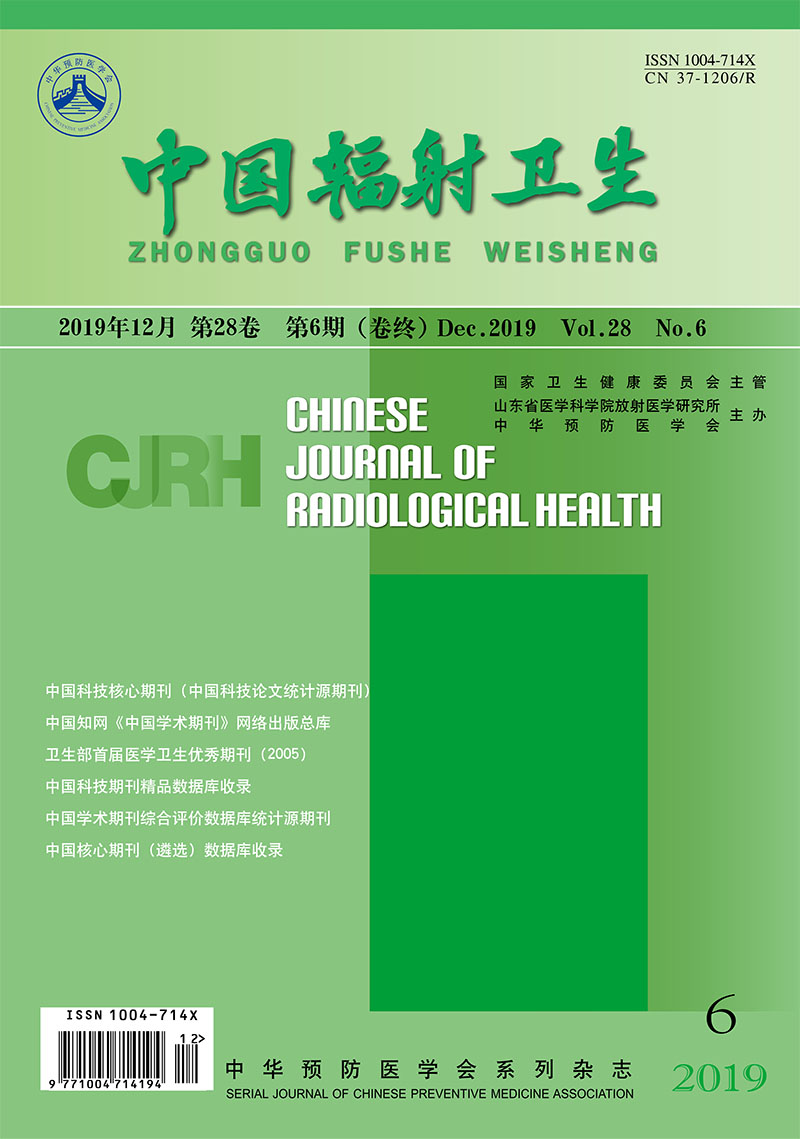Diagnosis and Treatment/Original Articles
WANG Ping, WANG Jiping, LI Xin, CHEN Chuanxi, MA Jinming, YANG Zhiyong
Objective To explore the geometric and dosimetric accuracy of automatic delineation of OAR in radiotherapy of esophageal cancer based on Artificial intelligence(AI).Methods Firstly, one hundred cases of esophageal cancer were selected to establish an image database based on the AI of LINKING MED. Each patient included five OARs that manually delineated. Then, the CT images of the other twenty patients were transferred to the AI, and the system automatically sketched the OARs as the target image, which could compare the geometry and dosimetry with the manually sketched OARs. Finally, the time, volume difference, overlap ratio (OR), dice similarity coefficient(DSC)and dosimetric difference of the two methods were compared respectively.Results Compared with manually sketching, the autosegmention saving time by 98.83%, 94.55%, 84.9%, 77.96% and 94.15% in the left lung, right lung, heart, liver and spinal cord respectively, which were significant differences between the two groups(t=2.27, 3.28, 4.92, -1.39, 0.21, P<0.05). The volume differences of left lung, right lung, heart, liver and spinal cord were (5.58±2.53)cm3, (8.57±4.36)cm3, (0.97±0.34)cm3, (1.47±0.65)cm3 and (0.73±0.21)cm3, DSC values were 0.78~0.96, DSC>0.7, and the OR values were 0.84~0.97, which had a good coincidence. In the comparison of dosimetry between autosegmention and manual, all the dosimetric indexes met the clinical requirements. Except for right lung in V5, which had significant difference in dosimetric indicators (t=0.41, P=0.04<0.05). There was no significant difference in other dosimetric indicators of left lung,right lung, liver, heart and spinal cord (t=-1.23~3.11, P>0.05).Conclusion The automatic delineation of OAR in esophageal cancer has suggests high geometric accuracy, small dosimetric difference and reduced time. The application of AI in clinical practice might greatly improve the work efficiency of doctors.

